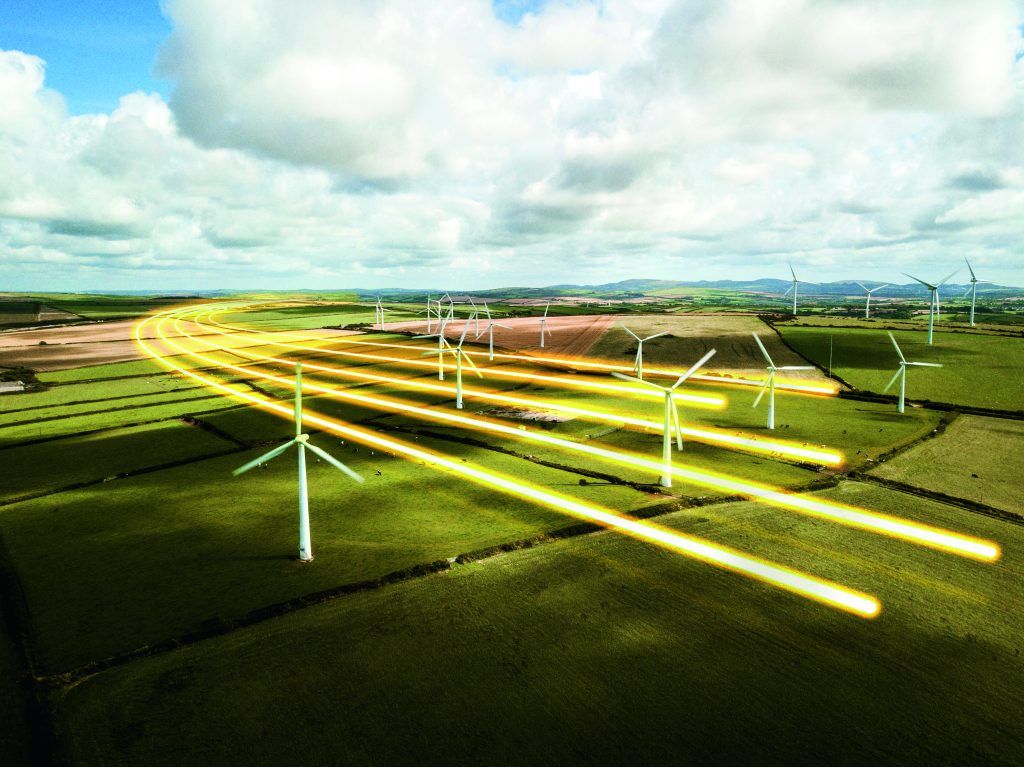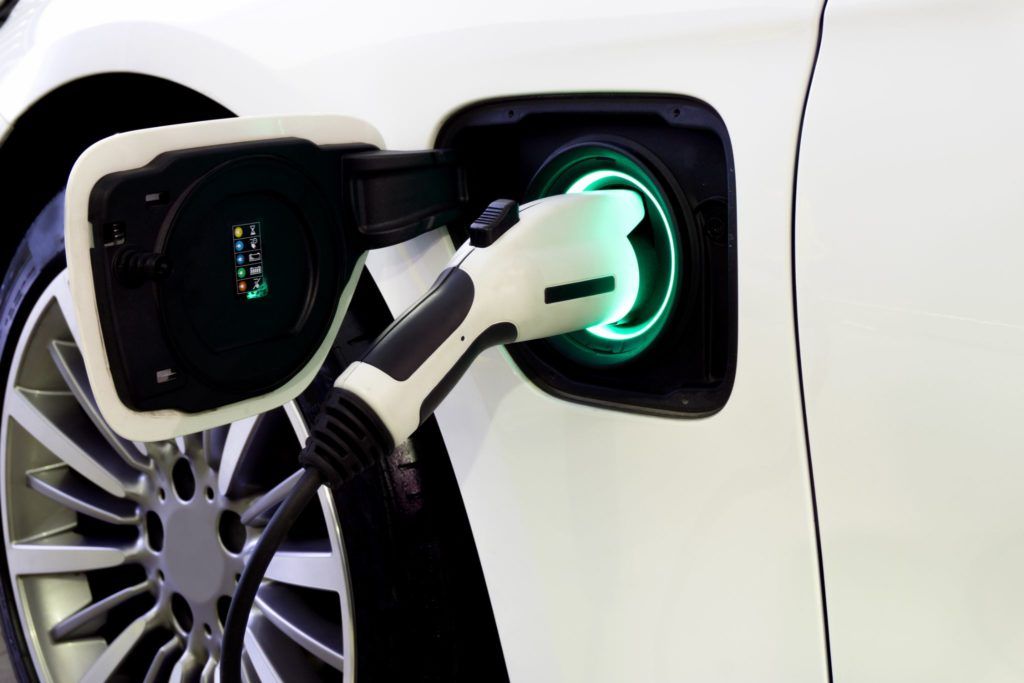A new study has found that households can significantly reduce peak electricity demand by using domestic flexibility, with further reductions enabled by electric vehicles (EV).
Crowdflex, undertaken by Scottish and Southern Electricity Networks (SSEN) Distribution, National Grid ESO, Octopus Energy and Ohme, investigated how 25,000 households responded to price signals by reducing or increasing electricity demand.
Flexibility is the ability to shift the timing and location of both the consumption and generation of electricity. It will play a key role in a cost-effective transition to net zero and a smart system which uses technologies to balance supply and demand and manage constraints on the network.
The Crowdflex project has published a report which suggests that households with an active interest in managing their electricity demand are able to respond to requests to turn up, or turn down their usage, in response to price signals. With electricity demand predicted to approximately double according to National Grid ESO’s Future Energy Scenarios, reliable measures that manage demand and help balance the grid will be crucial in delivering a net zero future cost effectively.
Using Octopus and Ohme’s large customer datasets and analysis products, Crowdflex analysed the impact of two types of signalling to customers:
- Enduring signals, created by customers who chose to move from a flat tariff to a time-of-use (ToU) tariff
- One-off signals, which asked customers to sign up to a “Big Turn Up” or “Big Turn Down” event and rewarded those who changed their demand over a specified two-hour period
Customers on ToU tariffs significantly reduced their demand during the evening peak by 15-17% and maintained that reduction over six months. Households that owned an electric vehicle (EV) showed a greater ability to flex their demand, achieving reductions of up to 23% in the proportion of a household’s daily demand consumed during the evening peak.
Responses to one-off signals were similarly significant and strongly affected by EV ownership. The “Big Turn Up” saw an increase in the magnitude of average electricity demand expected during a household’s evening peak by 617% for EV owning households, or 131% in non-EV owning households. The “Big Turn Down” request saw very significant reduction in demand compared to the average evening peak power demand; -59% in demand over the period for EV households and -41% for non-EV households.
With numbers of EVs on the roads due to increase dramatically over this decade, the findings from Crowdflex are encouraging because the very high level of participation by EV drivers suggests a willingness in those households to provide EV assets for flexibility.
Having demonstrated that there are a variety of levers available to encourage a flexibility response in domestic demand, project partners hope to undertake future trials to investigate the reliability, consistency and the cost of domestic flexibility.
Matthew Hamilton, SSEN Project Manager for CrowdFlex, said: “We are delighted to have completed Phase 1 of the CrowdFlex project. Flexibility will play a key role in the future smart electricity system and we are committed to ensuring that all customers have an opportunity to participate and benefit from offering domestic flexibility services. Helping the communities we serve to engage with the future electricity market will be the cornerstone of a just transition to net zero.
“Establishing that households are willing and able to respond to signals to flex their demand is the first step. We hope to take this work forward by considering practical trials to prove reliability, repeatability and to investigate the costs of domestic flexibility.”
Geoff Down, Innovation Manager, National Grid ESO, added: “System flexibility is vital for future system operation and we’re encouraged to see that engaged consumers can, by participating in Time of Use tariffs, help manage and reduce peak electricity demand. With the use of low carbon technologies in the home set to grow rapidly, this project helps us understand the exciting opportunities for us in the future.”
Crowdflex is being funded jointly by National Grid ESO’s and SSEN’s Network Innovation Allowance (NIA).
Image courtesy of SSEN.








